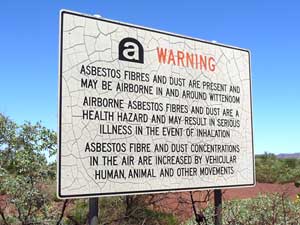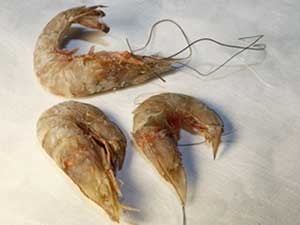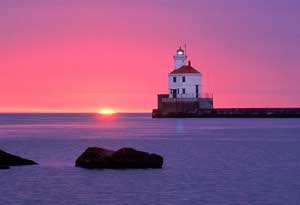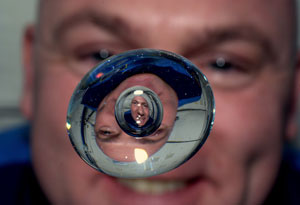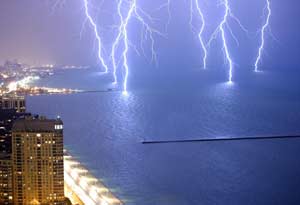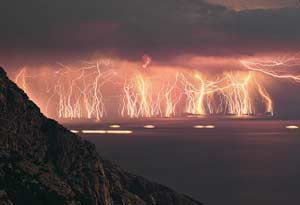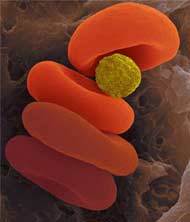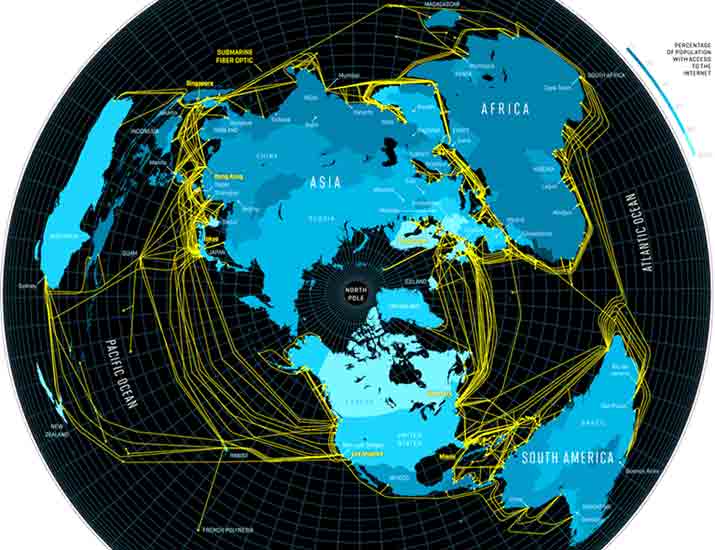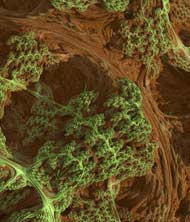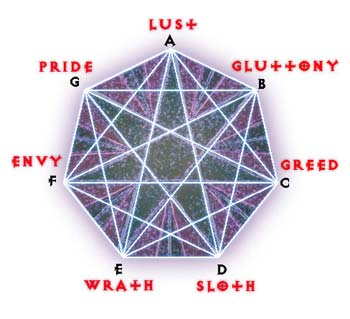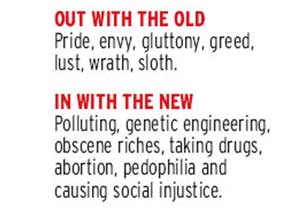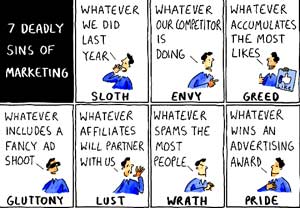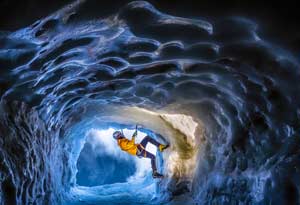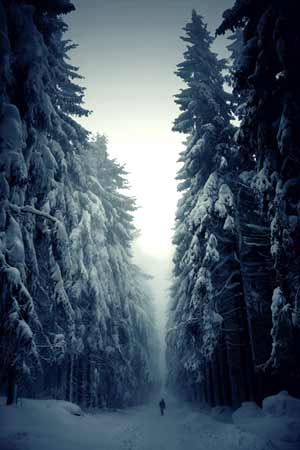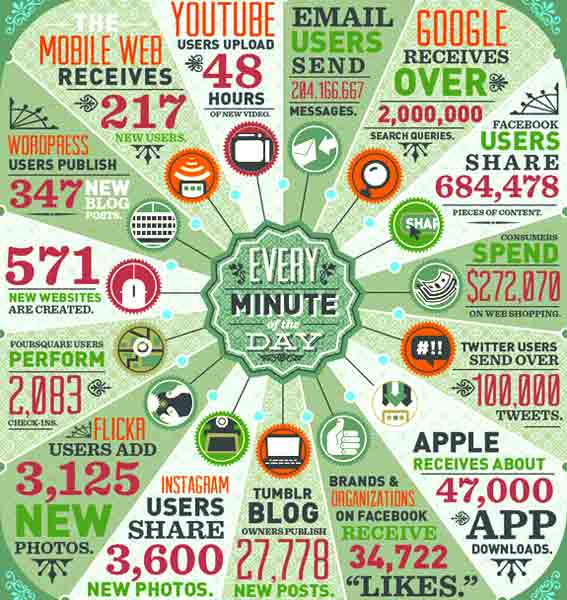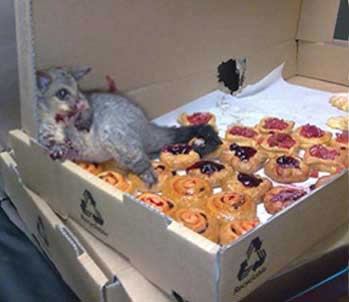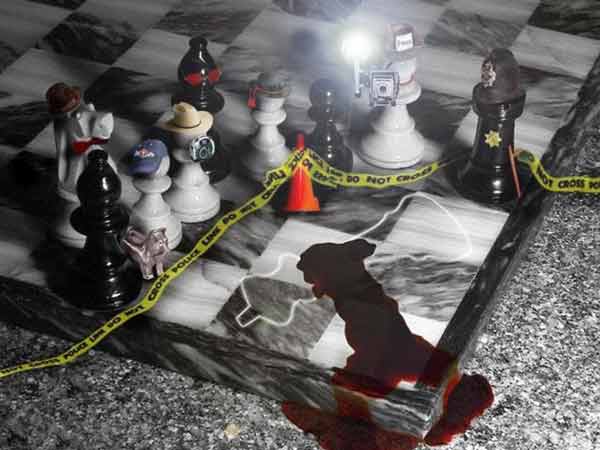|
|
Jimmy Carter, 39th US president and recipient of the 2002 Nobel Peace Prize says: “While the country has made mistakes in the past, the widespread abuse of human rights over the last decade has been a dramatic change from the past. With leadership from the US, the Universal Declaration of Human Rights was adopted in 1948 as 'the foundation of freedom, justice and peace in the world’, a bold and clear commitment that power would no longer serve as a cover to oppress or injure people; it established equal rights of all people to life, liberty, security of person, equal protection of law, and freedom from torture, arbitrary detention, or forced exile. It is disturbing that, instead of strengthening these principles, our government’s counterterrorism policies are now clearly violating at least 10 of the declaration’s 30 articles, including the prohibition against “cruel, inhuman or degrading treatment or punishment.” In addition to American citizens’ being targeted for assassination or indefinite detention, recent laws have cancelled the restraints in the Foreign Intelligence Surveillance Act of 1978 to allow unprecedented violations of our rights to privacy through warrantless wiretapping and government mining of our electronic communications. Popular state laws permit detaining individuals because of their appearance, where they worship or with whom they associate. Despite an arbitrary rule that any man killed by drones is declared an enemy terrorist, the death of nearby innocent women and children is accepted as inevitable. After more than 30 airstrikes on civilian homes this year in Afghanistan, President Hamid Karzai has demanded that such attacks end, but the practice continues in areas of Pakistan, Somalia and Yemen that are not in any war zone. We don’t know how many hundreds of innocent civilians have been killed in these attacks, each one approved by the highest authorities in Washington. Meanwhile, the detention facility at Guantánamo Bay, Cuba, now houses 169 prisoners. About half have been cleared for release, yet have little prospect of ever obtaining their freedom. American authorities have revealed that, in order to obtain confessions, some of the few being tried (only in military courts) have been tortured by waterboarding more than 100 times or intimidated with semiautomatic weapons, power drills or threats to sexually assault their mothers. Astoundingly, these facts cannot be used as a defense by the accused, because the government claims they occurred under the cover of national security. Most of the other prisoners have no prospect of ever being charged or tried either.” |
 Animals
Animals Animation
Animation Art of Playing Cards
Art of Playing Cards Drugs
Drugs Education
Education Environment
Environment Flying
Flying History
History Humour
Humour Immigration
Immigration Info/Tech
Info/Tech Intellectual/Entertaining
Intellectual/Entertaining Lifestyles
Lifestyles Men
Men Money/Politics/Law
Money/Politics/Law New Jersey
New Jersey Odds and Oddities
Odds and Oddities Older & Under
Older & Under Photography
Photography Prisons
Prisons Relationships
Relationships Science
Science Social/Cultural
Social/Cultural Terrorism
Terrorism Wellington
Wellington Working
Working Zero Return Investment
Zero Return Investment
